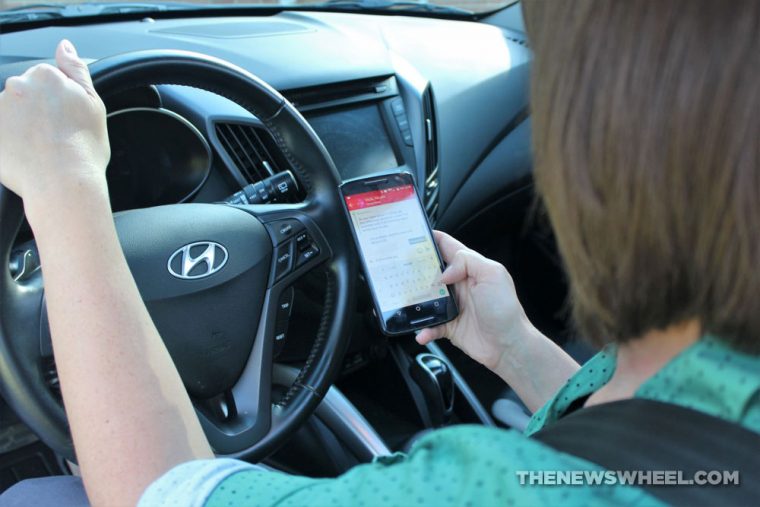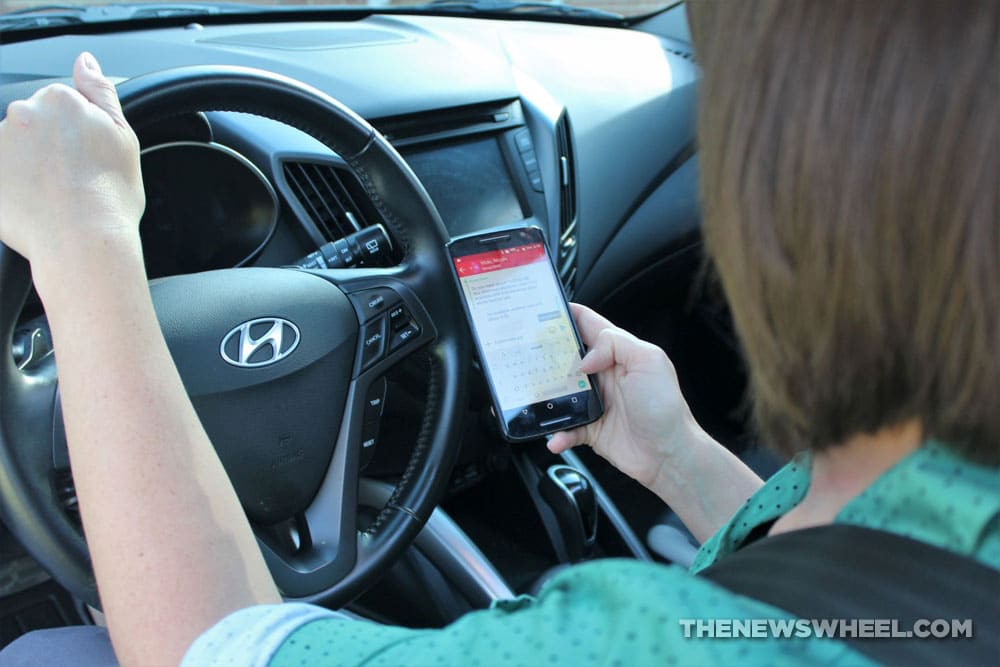
When you think of distracted driving, you probably picture someone texting or posting on social media while driving. That is certainly one form of distracted driving, but it certainly isn’t the only form. Distractions are categorized into three types: manual (takes your hands off the wheel), visual (takes your eyes off the road), and cognitive (takes your mind away from the task). Read on to learn more about the different types of distracted driving, and why you should avoid them all like the plague.
Buick Driver Confidence: Technology to keep you safe and alert behind the wheel

Texting and driving takes your hands, eyes, and attention away from the road, which can be fatal. To send or receive a text, you’re taking your eyes off the road for an average of 5 seconds, according to the NHTSA. In that time, you could travel 360 feet, or the length of a football field, if you are going 55 mph. The University of Utah found that drivers who use their cell phones behind the wheel are 5.36 times more likely to be involved in an accident.
Despite the known dangers of texting and driving, people continue to partake in this distracting behavior. AAA Foundation for Traffic Safety found that while 84 percent of drivers recognize the danger, a whopping 36 percent still admit to texting and driving on a regular basis.

If you’re on a long road trip, you’ll need to eat and drink at some point to keep your energy up. But doing so while driving can be very distracting. Depending on the type of food you’re eating, you may need to remove both hands from the wheel in order to unwrap it. Even if the food is easily accessible, you still need to remove at least one hand from the wheel in order to hold the food.
When it comes to drinking, a spill could big an even bigger distraction — especially if the drink is ice cold or hot. Spilling a drink while driving can cause you to take your eyes and attention off the road and could lead to an accident (or a near miss).

A passenger can be great company on a long drive, but talking to them while you’re behind the wheel can be a cognitive distraction. Have you ever been deep in discussion with a passenger in the car and suddenly realized that you can’t remember the last 10 minutes of your drive? You might not think this is a huge deal, but if you’re driving in traffic or in a city with a lot of hazards (like bicycles and pedestrians) you could experience a delayed reaction time and get into an accident.
That doesn’t mean you can’t talk to your passengers while you’re driving, but try to limit the conversation and make it lighthearted rather than a deep, philosophical discussion that requires a lot of brain power. This applies to hands-free talking on the phone as well.

Photo: Buick
Changing the radio station or audio input while driving takes your hands and eyes off the road, as well as your attention. If you’re streaming music, podcasts, or audiobooks through your phone, changing what you’re listening to can be even more distracting.
Consider making a longer playlist of your favorite music or podcasts that will last for your entire drive, or at least until you make your next stop, to avoid the temptation of taking your attention away from the road. If you’re using navigation, pull over to the side of the road if you need to make a change to your destination or route.
The Future of Driving: Super Cruise technology coming to 2022 GMC Sierra Denali
This list is by no means exhaustive. Distracted driving includes any activity that takes your eyes or attention off the road, or your hands off the wheel. Driving is an activity requiring full attention in order to react to any hazards that present themselves, and by focusing on something other than the task at hand you are putting yourself, your passengers, and your fellow road users at risk.
Catherine Hiles (she/her) is a native Brit living and working in Dayton, Ohio. Cat has written about a variety of subjects, including finance, cars, and parenting. She is a frequent contributor to Dayton Mom Collective, The Penny Hoarder, and WDW Magazine.
Cat lives with her husband, their two kids, and their energetic pitbull mix. She counts running, lifting weights, walking, and reading among her hobbies. See more articles by Cat.



